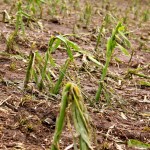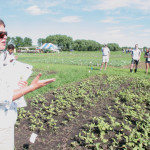Quietly, after the bulk of journalists has moved on to other things, Graham Rae describes the situation as 15 to one. That is 15 poachers and one security guard shot so far. On a still morning near the central Zambian town of Chisamba, it’s hard to imagine, but cattle rustling is a major problem for



 News & Opinion
News & Opinion








